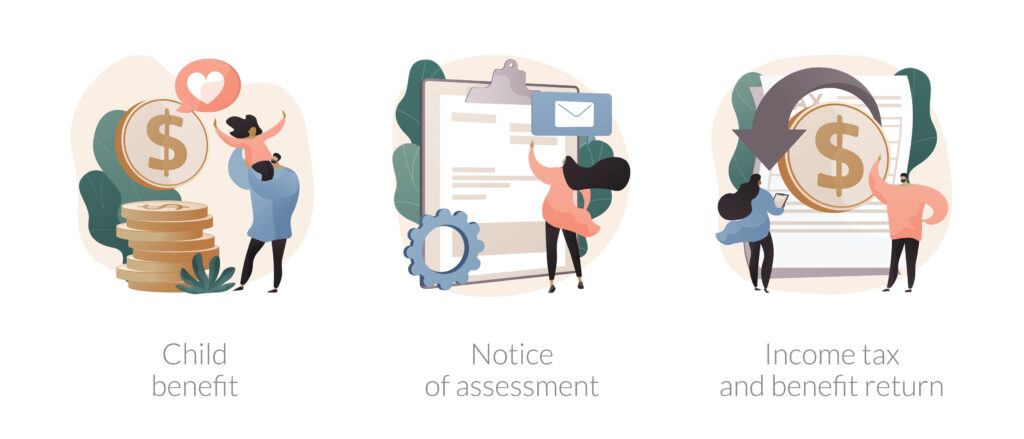Who Really Qualifies as a Dependent for Taxes?

How many dependents do you really have? Who can really be counted as a dependent? These are some of the most common questions that all taxpayers have. Can you count all of your children, live-in help, or perhaps a dog or other family pet? What about a friend who decides to crash at your place and basically mooch off you the entire year; can he or she be counted as a dependent?
As far as the IRS is concerned, there are two different kinds of dependents but there are dozens of scenarios that can fall under these two categories. There are also different rules for each type. The first type of dependent is classified as a qualifying child. The second type is a qualifying relative.
A qualifying child must be related to you, either by birth or adoption, or be a step or foster child. You must also provide more than half of the child’s total financial support and you can be the only person claiming that child on your return. To be a dependent the child must also be 18-years-old or younger, or if he or she is a full-time student, younger than 24-years-old.
The rules for being counted as a qualifying relative are much different. First, if your relative is a blood relative then he or she does not have to live with you in order to be counted. However, he or she must not provide more than half of his or her own support and that person cannot make more than $4000.
For a person who is not a blood relative to qualify as a dependent – like a lifelong friend who is down on his/her luck, or just plain lazy, or even your significant other – that person must live with you the entire year and their income must be less than $4,000 for the entire year. No one else can claim the person and you have to provide more than half of his or her financial support.
Ready for Taxes After Marriage? Here’s What You Need to Know
Ready for Taxes After Marriage? Here’s What You Need to Know The 2018 tax season is officially over. Most Americans are happy to have their tax returns in the rearview mirror. After all, nobody really enjoys doing taxes. Why is that? For the most part, it’s because doing taxes is such a complicated, frustrating experience…
Are Millennials Changing How We See Leadership?
Are Millennials Changing How We See Leadership? Within just a few years from now, Millennials will actually become the largest employee demographic in the workforce. That means ready or not, Millennials are coming to an office near you. It also means they will soon be taking on more leadership roles. In fact, they have already…
Tips for Avoiding Wire Fraud in Your Next Real Estate Transaction
Tips for Avoiding Wire Fraud in Your Next Real Estate Transaction It is a buyer’s worst nightmare, and it could happen to almost anyone. The wire over a significant amount of money to an account as part of settlement on a real estate transaction. Hours or perhaps a day or two later, they realize that…
Will the IRS Stop States From Avoiding Tax Deduction Caps?
Will the IRS Stop States From Avoiding Tax Deduction Caps? By far, one of the most controversial aspects of the new Tax Cut and Jobs Act (TCJA) has been the reduction in the state and local income tax deduction. This has long been an important deduction for many people. Being able to deduct your state…




